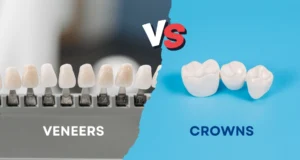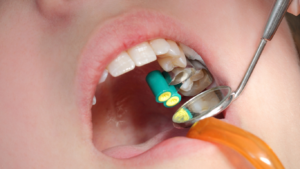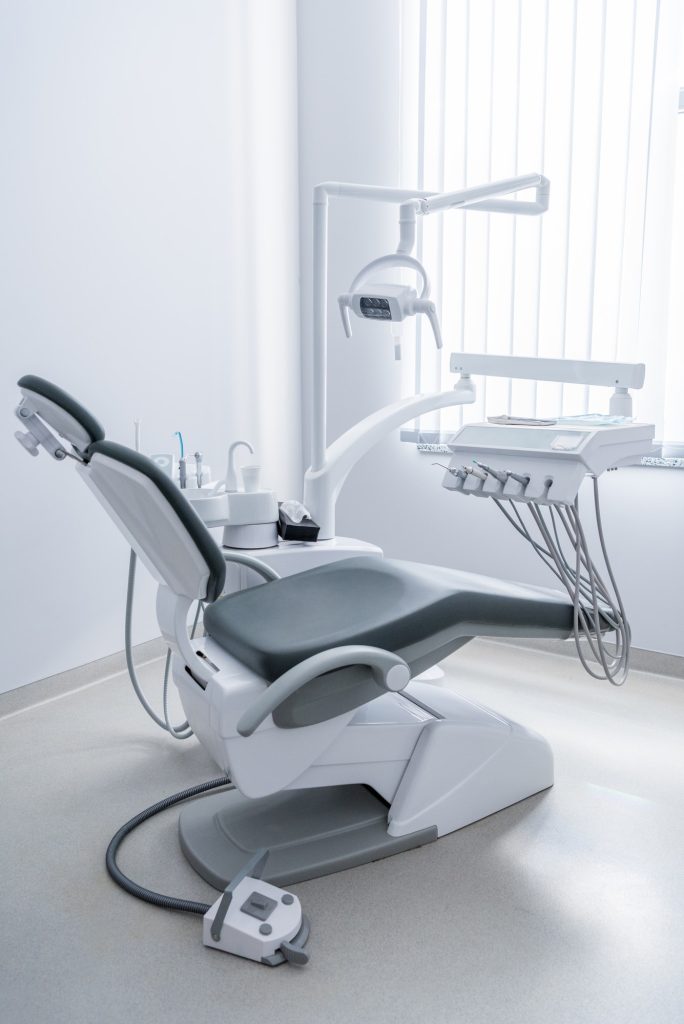Teeth whitening is one of the most popular cosmetic dental treatments, but it’s important to understand that not all stains are created equal. The effectiveness of whitening treatments largely depends on the type and cause of the discolouration. So, will teeth whitening remove your stains? Let’s explore.
Understanding Tooth Stains
Tooth discolouration generally falls into two main categories:
- Extrinsic stains: Surface-level stains that affect the outer layer of the tooth (enamel), often caused by food, drinks, and smoking.
- Intrinsic stains: Deeper stains within the tooth structure, typically linked to ageing, trauma, medication use, or excessive fluoride exposure during childhood.
Identifying the type of stain is the first step in determining the right whitening approach.
What Type of Stains Can Teeth Whitening Remove?
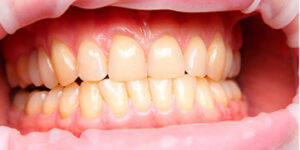
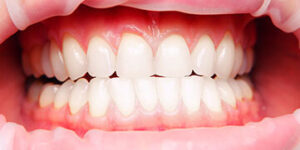
Yellow Stains
Yellow teeth are often caused by enamel thinning due to age or exposure to staining foods and drinks like coffee, tea, and curry. These are among the most responsive to whitening treatments, both in-chair and take-home options using professional-grade products can significantly brighten yellow-toned teeth.
Brown Stains
Brown stains can result from tobacco use, poor oral hygiene, or consistent exposure to dark beverages like cola or red wine. They may also form from tartar buildup. These stains often respond well to whitening if they’re extrinsic, but deeper brown staining may require additional treatments such as microabrasion or veneers.
Gray Stains
Gray or bluish teeth are usually intrinsic and often stem from factors such as trauma, certain antibiotics (like tetracycline), or developmental conditions. These stains don’t typically respond well to traditional whitening methods. Instead, cosmetic treatments such as porcelain veneers or bonding may be more appropriate.
White Spots
White spots can result from mild fluorosis, early-stage decay, or enamel hypoplasia. While whitening may help blend these into the surrounding tooth colour, it won’t remove them. More targeted treatments, like resin infiltration or microabrasion, are often recommended.
Black Stains
Black staining may be caused by chromogenic bacteria, metallic compounds, or advanced tooth decay. In cases of bacterial staining, a professional clean can help. However, decay-related black stains usually need restorative treatment rather than whitening.
Green and Blue Stains
Green stains are commonly seen in children and often linked to bacterial build-up. Blue or bluish-grey discolouration can stem from genetic conditions or exposure to certain medications or metals. These types of stains are rare and usually don’t respond to whitening products. A thorough dental exam is essential to determine the best course of action.
Can Teeth Whitening Remove Stains Between Teeth?
Teeth whitening mainly targets the front surfaces of your teeth. Stains between teeth can be harder to reach because the whitening gel may not get into tight spaces. A professional dental clean is important to remove plaque and tartar in these areas first. Whitening can brighten your smile overall, but cleaning between teeth with floss or interdental brushes may be needed to tackle stubborn stains.
Why Do My Teeth Have White Spots After Whitening?
White spots can become more visible after whitening because those areas of enamel have different mineral levels or are temporarily dehydrated. This makes them appear lighter than the rest of the tooth. Usually, the spots fade as your teeth rehydrate and get minerals from saliva and fluoride. If they don’t improve, your dentist can recommend treatments to even out the colour.
Can Teeth Whitening Cause Sensitivity?
Yes, sensitivity is a common side effect. Whitening products can irritate the nerves inside your teeth, causing temporary sensitivity to hot, cold, or touch. This usually goes away within a few days. To reduce sensitivity, your dentist might suggest gentler whitening options, desensitising gels, or longer breaks between treatments. If sensitivity is severe or lasts longer, see your dentist for advice.
What Teeth Whitening Can and Can’t Do
Teeth whitening works best on natural tooth enamel and extrinsic stains. It’s less effective or ineffective on:
- Restorations such as crowns, fillings, or veneers (they won’t whiten)
- Teeth stained from trauma or medication
- Severely discoloured teeth where the cause is internal
How Professional Whitening Can Help
At our dental clinic, we use ZOOM! Whitening, a trusted, high-concentration gel available only to dental professionals. It’s applied in a safe, controlled environment, with results visible after just one appointment. For convenience, we also offer take-home kits that use the same professional-strength ingredients, customised to your teeth.
Maintaining Whitened Teeth
Once your smile is brighter, you’ll want to keep it that way. Here’s how:
- Maintain good oral hygiene—brush and floss daily
- Avoid or limit staining foods and drinks (or rinse after consuming)
- Schedule regular dental cleans
- Consider occasional whitening top-ups as recommended by your dentist
Not All Stains Are Equal, Find Out If Teeth Whitening Will Work for You
Teeth whitening is an effective solution for many types of discolouration, but not all. At Radiant Smiles Dental Bundoora, we understand that the key to achieving real results lies in identifying the cause of your tooth stains. If your discolouration is due to common culprits like coffee, tea, red wine, or ageing, professional whitening can noticeably brighten your smile.
However, not all stains respond the same. Intrinsic discolouration, caused by factors like trauma, certain medications, or developmental conditions, may require alternative cosmetic treatments such as dental veneers or bonding for optimal results.
Not sure if teeth whitening will work for you? Book a teeth whitening consultation at Radiant Smiles Dental Bundoora. Our experienced dental team will assess your teeth, determine the type of staining, and guide you towards the most effective and safe treatment to restore your smile with confidence.


